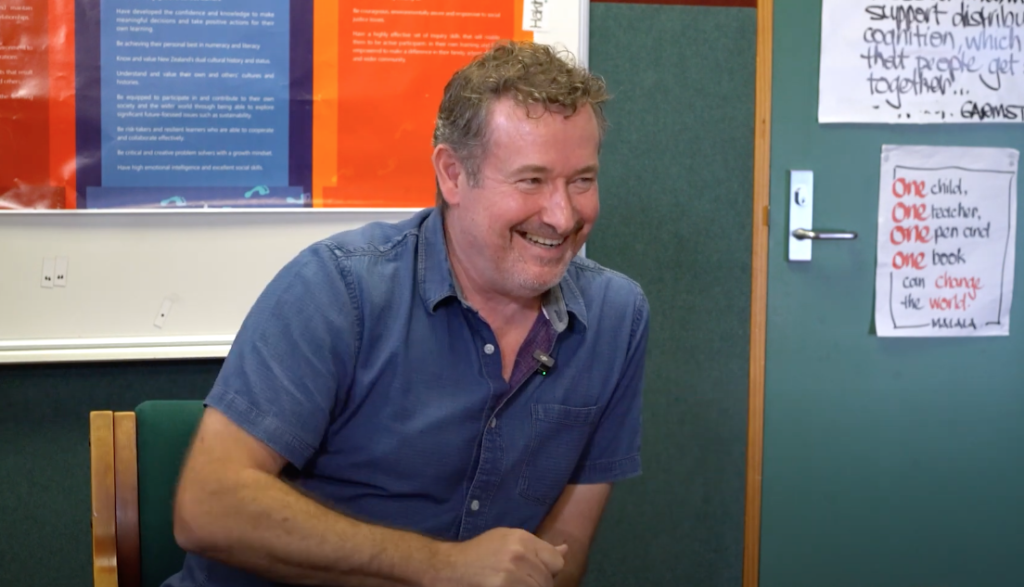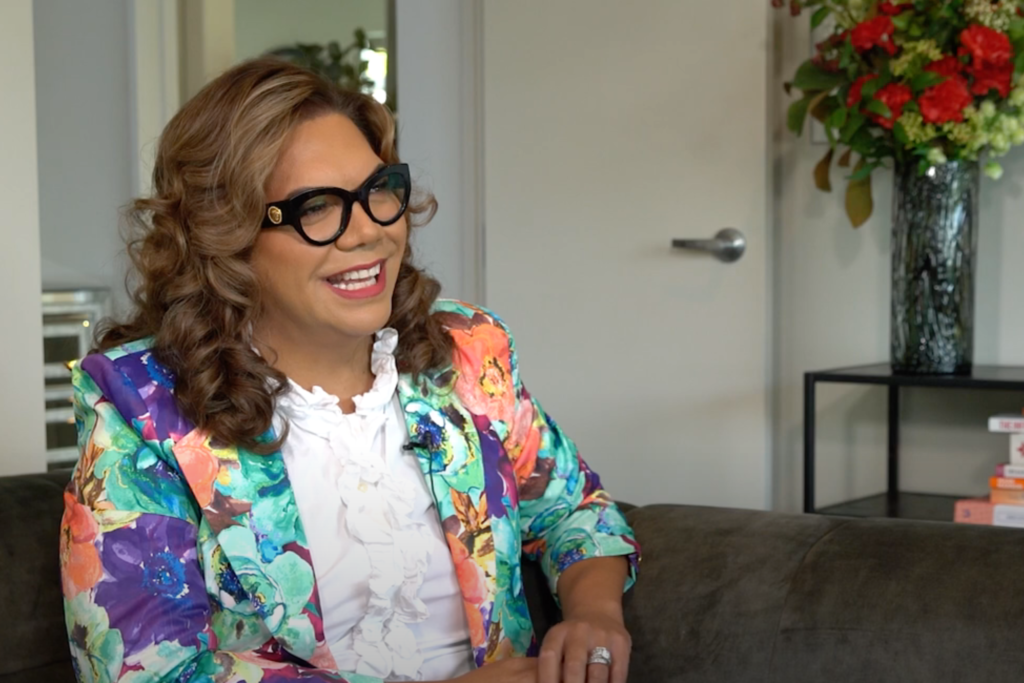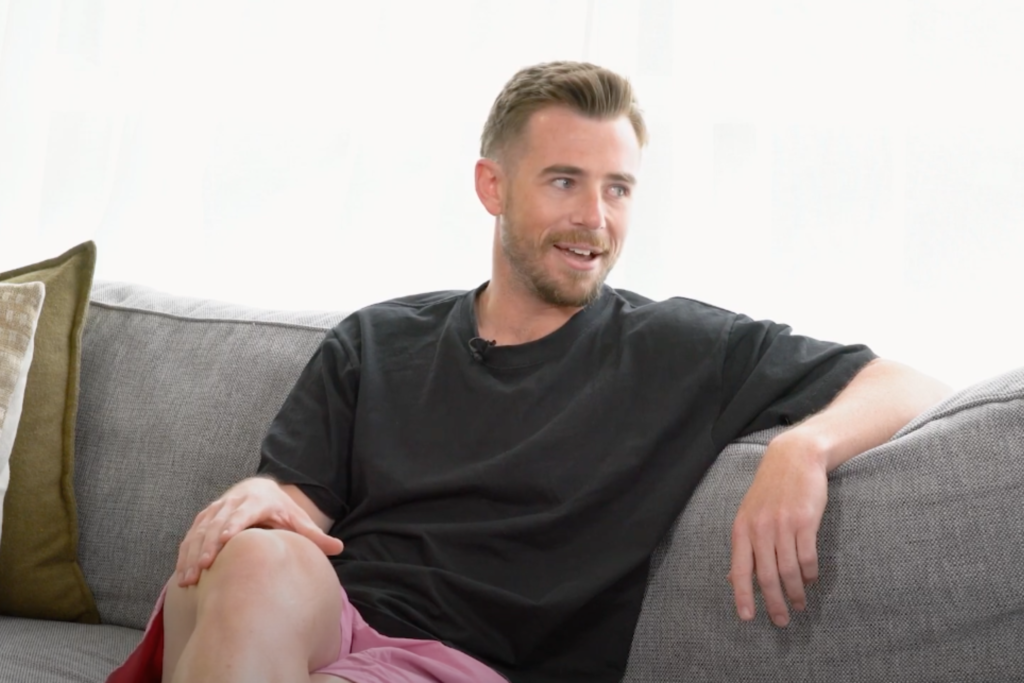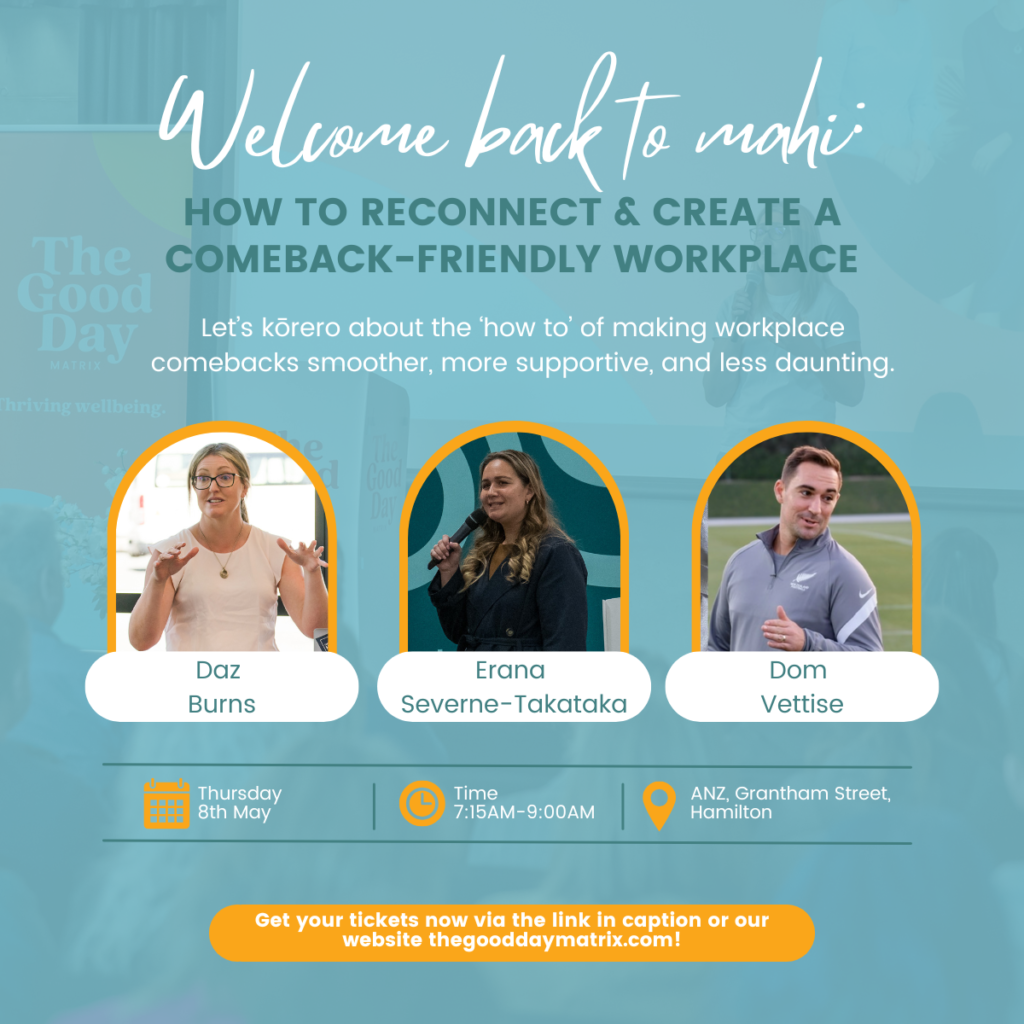Written by Sam Kennedy
What is psychological safety and how does having this positively affect team culture?
What is it, and how do we Implement it?
For your team to work at their peak, there needs to be physiological safety.
What does Psychological Safety look like? Put simply, it is knowing that you will not get punished if you make a mistake, and being able to share ideas comfortably.
How do we create Psychological Safety in our Workplaces?
Creating trust in your team is very important for all sorts of reasons. If you want to drive creativity in your team you must allow some risk-taking and you want your team to put their necks on the line without the fear of getting them cut off.
Think of yourself as more of a contributor than a boss giving advice and telling people what to do. Your team members should be able to approach you and talk about not only their work but also how they are feeling, family and things that may not be work-related.
As Carol Brown says ‘we are all humans at the end of the day’ so it is important to treat staff like humans and not like robots. We easily blur the lines between human and employer/employee, and it shouldn’t be. You are a team working towards a common goal, and you all want the best outcome.
So the circle of psychological safety is, you are comfortable, if you make mistakes it will lead to learning from failures, which leads to everyone openly sharing ideas, which leads to better innovation and decision making. Pretty simple really.
What’s on the Flip Side?
On the flip side we have psychological danger, and this is the total opposite and we do not want this in any work environment. The fear of making mistakes which leads on to blaming others, which in turn will mean team members are less likely to share different views and this flows onto allowing group dynamics to affect decision making.
Psychological danger will lead your team to start working as individuals and not striving towards one common goal, your team won’t want to share ideas with each other and in the end it will have a detrimental effect on your business. Often taking people in the opposite direction to which you are trying to point them.
Tips for Creating a Psychologically Safe Work Environment
So here are some key takeaways to implementing psychological safety.
- Give and receive feedback
- Raise issues and concerns
- It’s ok to disagree
- Ask for clarification
- Ask difficult questions
- Ask for help
- Offer solutions to problems
- Admit mistakes
If your team is comfortable with all of these points, you will have a happier and far more productive workplace.
Summary
These will not be things that you may be able to implement overnight, but small change is better than no change.
Ask a team member how they are going today?
Ask them about family or kids!
Tell them there is no idea is a silly idea!
Take 5 minutes and talk about something that is not work-related, maybe a hobby!
It will surprise you how much more productive you will be when you know your team on a deeper, more personal level.
Share
If you know someone who would benefit from reading this article, please share it to open up those conversations and safe spaces. To learn more about psychological safety, I would also recommend watching the Carol Brown interview on our website.













